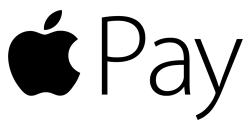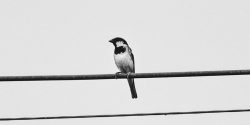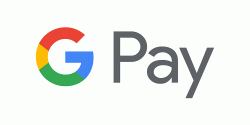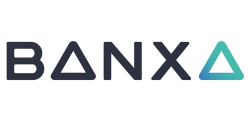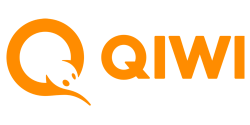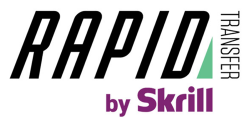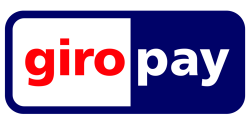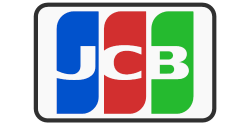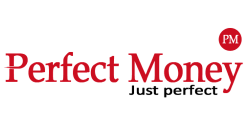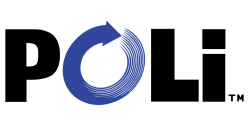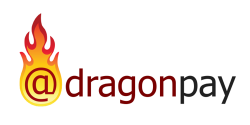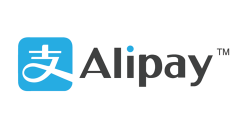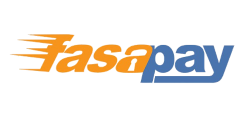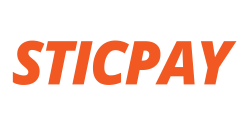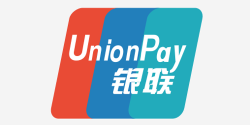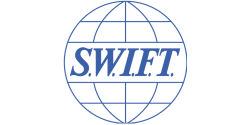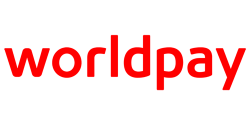Payment methods for online trading are an important part of the investing experience. The best transfer solutions offer secure, low-cost and reliable deposits and withdrawals to swing trading accounts.
Here, we explain how to compare the top payment methods for online trading, from fees and speed to minimum deposit and withdrawal limits. We have also compiled a list of the most popular payment solutions for traders in 2025.
Trading Payments Explained
Payment solutions facilitate the transfer of money between aspiring investors and online trading accounts. Brokers typically offer a range of deposit and withdrawal methods with varying payment limits and fees. Some options simply link your bank account to a trading account while others can be used to store money in addition to paying for goods and services.
Available payment methods for online trading will also depend on where you are based. Some solutions are restricted in certain countries or regions while others can be accessed from all over the world. Similarly, payment options may cater to specific currencies with conversion fees charged if your trading account has a different base currency.

Importantly, if you want to fund a swing trading account, you will need to use a payment method, whether that is a traditional bank wire transfer, debit or credit card, or an e-wallet like PayPal and Neteller. And unfortunately, brokers don’t accept all deposit options, so you will need to find a supporting trading platform.
How to Compare Payment Methods for Online Trading
Just as you might use TradingView to compare different asset prices and technical charts, you should also take a careful approach to finding a deposit and withdrawal solution. The problem is, with so many different options available, it can get confusing. To help you, we have broken down the key considerations below.
Payment Speeds
This is the time it takes for a payment to be processed. Active traders will want a transfer solution with instant deposits for immediate access to the financial markets. Note, deposit times can vary between brokers even if you are using the same payment method. It’s also worth bearing in mind that slow withdrawals can leave you anxiously waiting for profits.
E-wallets like PayPal and Skrill are a good option for traders seeking rapid transfers.
Fees
Some payment methods for online trading charge generic transaction fees on every transfer. Compare the different rates to find one with the lowest fees. It’s worth pointing out that the best brokers usually offer fee-free payments, particularly at the deposit stage.
Like brokers, some payment brands also charge inactivity fees. These apply when money is held in your account or wallet for an extended period, usually a year, without any transactions being made.
Most payment methods also impose daily limits on the amount of money you can transfer. In most cases, these limits are upwards of several thousand dollars. However, high-volume traders will want to make sure they are not restricted by relatively low limits.
Note, trading brokers also usually have their own maximum deposit and withdrawal requirements.
Availability
Not all payment methods for online trading are accepted by every broker. Several factors can impact this, including the region and the popularity of the method. Importantly, the top-rated brokers generally offer the best range of deposit and withdrawal options.
It’s also worth noting that opting for a more widely-accepted payment solution will make it easier to transition between trading platforms.
Security
This is one of the most important considerations. Any issues could result in your funds being stolen or your personal data breached. With this in mind, it’s worth investigating the security protocols in place. Do they store bank details? Do they use encryption? Also, does the brand offer two-factor authentication? This requires the user to complete a second verification stage when logging in, usually via email or biometric data.
The best payment methods also store client funds in a separate, secure bank account. In addition, it’s worth checking reviews to see if there have been any large-scale security breaches. This is particularly important if you are choosing to trade with cryptocurrencies that have been susceptible to hacking attempts in recent years.
Finally, can you view your payment history? This can give you a user-friendly record of all your payments. Not only can this make it easier to track profit and loss, but it can also help identify rogue or suspicious payments.
Currencies
How many currencies does the brand support? The best payment methods for online trading facilitate transfers in USD, EUR and GBP without any charge. If you’re trading from a less well-known area, you may have to pay a currency conversion fee if your trading account is denominated in a different base currency.
It’s also worth considering whether the transfer solution accepts crypto payments. Traders looking to invest in Bitcoin, for example, may prefer to manage their trading balance in digital currencies. Coinbase is one of the best options for aspiring cryptocurrency investors.
Funding Methods
Some payment options require users to manually fund their accounts before they can deposit at trading brokers. In contrast, others allow you to directly link a bank account or credit/debit card. Which is best for you will come down to preference, but many prefer to lose the step in the middle to speed up the process.
It’s also worth considering how you can fund your payment account or wallet. For example, do they accept bank transfers or do you need to deposit cash at an agent? Opting for the cash route will likely increase the time it takes for funds to be available in your online trading account.

Customer Support
Customer service is important. If the company offers strong levels of customer support they are likely to resolve any issues, such as failed payments, quickly and efficiently. Ideally, you also want a service that offers 24/7 customer support or is at least open during the trading hours you are most active in.
Finally, how you can get in contact with the support team? Each brand will have different channels, from live chat, email and telephone to social media like Telegram. Understandably, some traders prefer live chat, while other investors will want to speak to someone directly over the phone.
Note, non-English speakers may want to check multi-lingual support is offered.
Ease of Use
Not to be overlooked, how user-friendly is the payment portal or wallet? The best methods should be easy to navigate, link directly to your online trading account, and come with helpful guides and FAQs. Importantly, confusing payment solutions will detract from trading itself.
A good indicator is how long it takes to set up the payment account. Some brands simply require you to link a bank account, with no formal account setup required, while others ask for detailed ID documents for KYC checks. While the latter is arguably more secure, it can delay deposits and withdrawals to and from your trading account.
Global Restrictions
Some payment methods are designed for specific regions like Africa or Southeast Asia, while others work around the globe. Which is best for you will depend on your circumstances. Do you want to trade with forex brokers in a particular country, for example, or do you want to invest via a range of international trading platforms?
Note, some payment methods for online trading may be blocked in certain countries. This can be because of regulatory barriers and political issues.
Mobile Apps
Does the payment method offer a mobile app? Good applications can help you track your payment history and account balance while potentially facilitating faster deposits at brokers. If you like to trade on the go, it could also make sense to use a payment brand that offers a mobile-friendly wallet.
Note, not every payment brand has both an iOS and Android application. Check on the respective app store before getting started.
History
How long has the payment method been operating? Brands with a proven track record like PayPal offer reliability and peace of mind. They are also more likely to have refined their offering to provide the best user experience. We would caution against using a new payment solution, especially in the crypto space, without checking user reviews first.
Final Thoughts on Payment Methods for Online Trading
There are many different payment methods for online trading. The best platforms offer free or low-cost deposits and withdrawals, alongside secure transfers and a reliable customer support team. See our list of the top payment solutions to start swing trading in 2025.
FAQ
What Is A Payment Method For Online Trading?
A payment method is simply a service that allows you to pay for goods either online and/or in-store. In terms of trading, it facilitates deposits and withdrawals to online brokers.
What Is The Best Payment Method For Trading?
There is no simple answer as to what the best payment method is. Use our comparison points above to consider the different options and think carefully about where you are trading from, in which currency, and whether you need a mobile-friendly payment wallet.
Will Payment Methods Charge For Transactions?
Some payment methods for online trading charge for deposits and withdrawals. However, the best brokers usually waive any fees at the deposit stage. Fees for withdrawals are generally higher but these are typically to cover any third-party processing costs.
How Important Is Customer Service For Trading Deposits & Withdrawals?
Customer service is important when selecting a payment method. If you encounter issues, a reliable customer support team can help promptly tackle delayed payments or refund queries. You can also speak to your broker’s customer service agents for assistance.
Do Trading Brokers Accept All Payment Methods?
No, most brokers do not accept every payment method. They usually offer a mix of traditional solutions like bank wire transfers and credit/debit cards alongside popular e-wallets such as PayPal, Skrill and Neteller.


